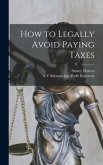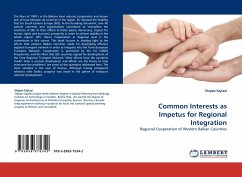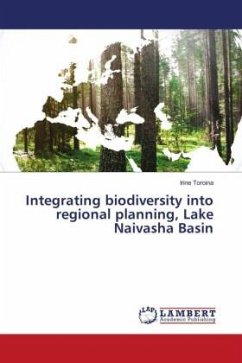This study explores the hypothesis that unlimited economic solidarity amongst Spanish Regions affects the quality of life in the cities and the size and configuration of the public realm. Specifically, the comparative nature of public spaces and facilities in the Spanish Autonomous regions correlates more closely with the amount of subsidization than with the level of economic capacity. The hypothesis is verified through a comparative study among Spanish Autonomous regions on the vastly diverging, legally-based public land surrenders, focusing on provision of public facilities. In the context of equal public/civic responsibilities and a comparable level of public services for citizens, it would be natural to find very similar amounts of public facilities in the different Spanish Autonomous regions. But once the fiscal levelling is applied, the economic capacity of the Spanish Regions is extremely calibrated, inverting their original economic situation. Ironically, fiscal subsidies received by the less economically developed Autonomous Communities enable them to rank first regarding the amount of public facilities provided to citizens.
Bitte wählen Sie Ihr Anliegen aus.
Rechnungen
Retourenschein anfordern
Bestellstatus
Storno








